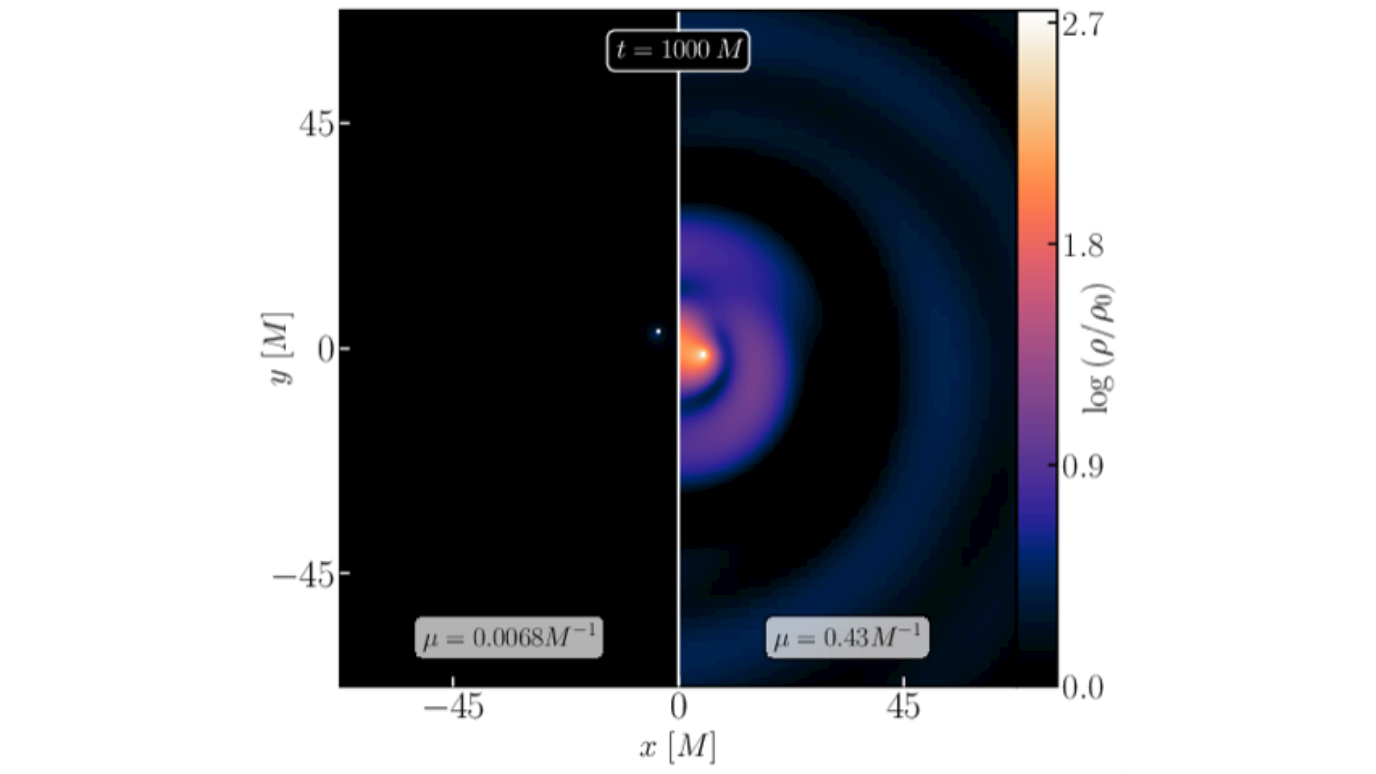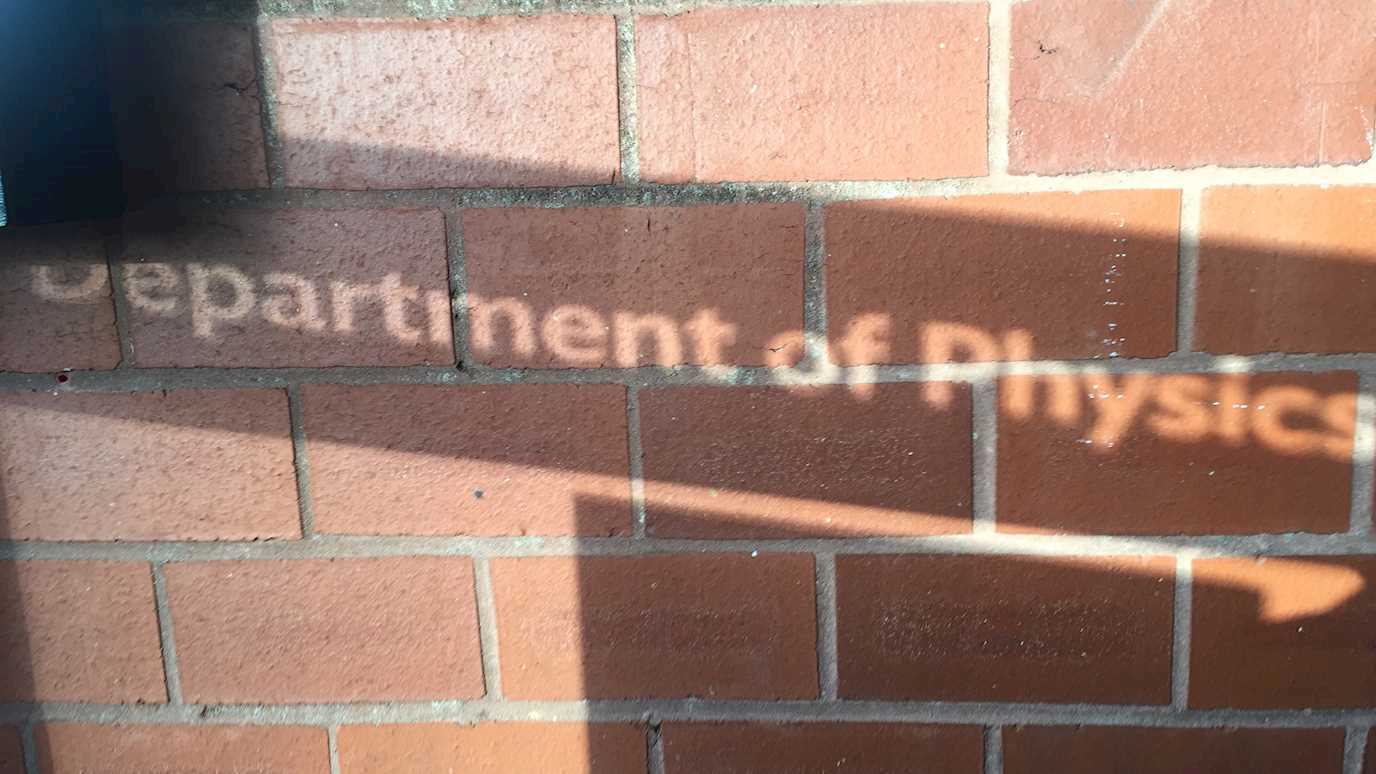Dr Katy Clough (Queen Mary University of London)
For dark matter to be detectable with gravitational waves from binary black holes, it must reach higher than average densities in their vicinity. In recent work (https://arxiv.org/abs/2311.18156) we showed that in the case of light (wave-like) dark matter, the density of dark matter between an equal mass binary can be significantly enhanced by accretion from the surrounding environment, which could result in dephasing in the merger signal. I will discuss the gravitational “forces” due to the matter both along and perpendicular to the orbital path, how they scale in relativistic cases, including in the case where the BH is spinning, and how these can be quantified from numerical relativity simulations.

























